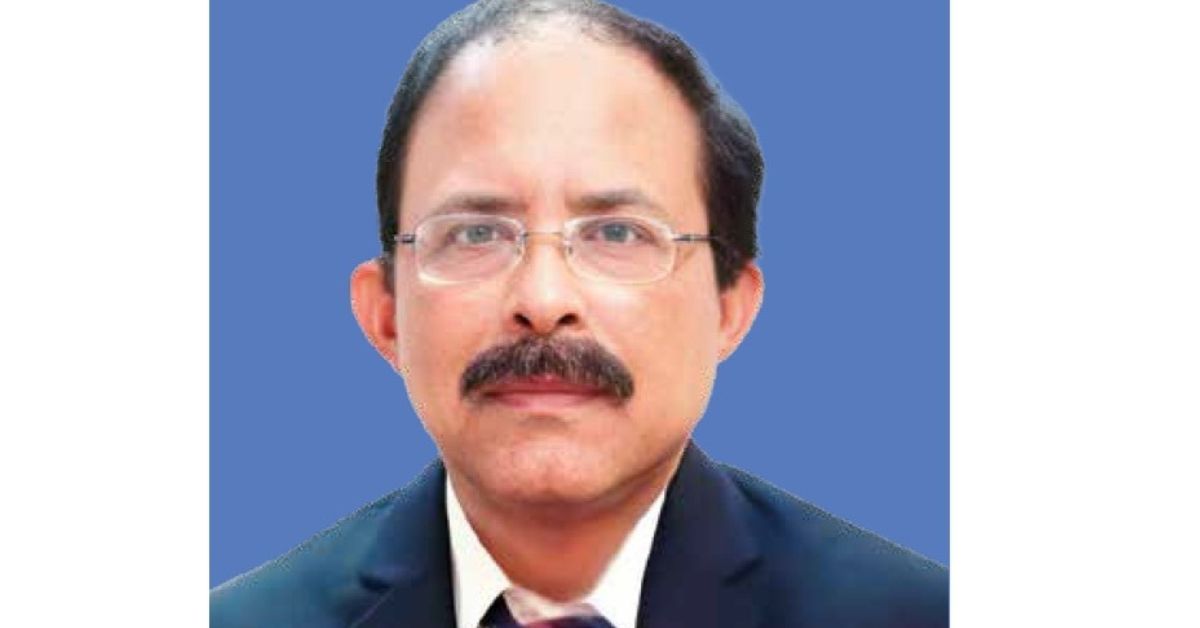How has SAIL performed in terms of domestic and export volumes in FY 2024–25, and what have been the key growth drivers or constraints in your supply chain?
FY 2024–25 marked a strategic shift for SAIL as we doubled down on meeting India’s domestic steel demand—an effort closely aligned with the government’s Atmanirbhar Bharat vision. Despite global headwinds, we achieved record-breaking domestic dispatches, backed by a robust product mix, quality focus, and cost optimization across our operations. Key growth drivers included supportive policy measures like safeguard duties, rapid infrastructure development under the PM Gati-Shakti National Master Plan, and rising demand from automotive and engineering sectors. On the flip side, exports faced pressure due to protectionist trade policies by the US and EU.
Logistically, the heavy reliance on rail—with SAIL having one of the highest rail coefficients—has been both a strength and a challenge. The eastern region’s saturated rail corridors, especially the Chakradharpur division, continue to experience congestion. We also face shortages of railway pilots and specialised wagons, compounded by limited real-time AI-enabled logistics visibility. Maritime logistics, particularly at eastern ports, also suffer due to semi-mechanised cargo handling. Collectively, these factors impact transit efficiency and increase logistics cost as a percentage of revenue.
Containerised cargo movement from steel plants remains niche. What is SAIL’s experience, and how do you see this evolving?
While nearly 90 per cent of our cargo moves as bulk by rail, containerisation is increasingly playing a strategic role—especially for high-value finished goods, project cargo, and critical imports. In FY 2024–25, we handled 269 import containers, up from 242 the previous year. A notable highlight was the successful movement of over-dimensional cargo (ODC) via Haldia Port to Rourkela Steel Plant—a first for SAIL.
We foresee steady growth in containerized movement, driven by: product mix diversification into value-added and sensitive goods, expansion of export footprints in Southeast Asia and beyond, increased import of input materials such as calcined lime, where containerization offers better protection, and integration with upcoming Multimodal Logistics Parks (MMLPs), allowing seamless modal transitions and reduced turnaround times.
Containerisation will also help us build resilience against global shipping volatility. As global trade shifts, we are preparing to leverage container logistics more systematically.
What steps is SAIL taking to enhance logistics efficiency—both for domestic and overseas cargo?
Logistics efficiency is central to our competitiveness and future capacity expansions. Our approach combines infrastructure augmentation, multimodal integration, and digital transformation:
Multimodal diversification
We are actively exploring slurry pipelines for transporting iron ore fines from our mines to plants. MECON is preparing a TEFR for proposed pipeline grids to our major units and inland Waterways are being evaluated for select corridors—like National Waterways 2 & 16—for reaching the Northeast, particularly Assam and Tripura.
Strategic infrastructure partnerships
• We’ve entered into long-term tie-ups with deep-draft, mechanised ports. This year, we handled a Cape-size vessel at Paradip Port for the first time, a major milestone in port-based logistics optimization.
• With Indian Railways, we are collaborating on wagon induction and key decongestion projects—such as Banspani-Jakhapura Tripling and Padapahar-Sini-Kandra Quadrupling—to improve freight flow and reliability.
Digital transformation
We’re undergoing a complete digital overhaul:
• Implementing SAP S4 HANA for a unified ERP across all units
• Partnering with McKinsey & Company to chart a digital roadmap that includes usecase-based transformation in logistics, operations, and decision-making
• Launching a dedicated vertical to accelerate automation, realtime tracking, and predictive analytics across our supply chain
What ecosystem reforms or support do you see as necessary to boost the steel sector’s logistics competitiveness?
While government policies like the National Logistics Policy (NLP) have created a positive framework for growth, certain structural and infrastructural challenges persist that impact SAIL’s competitiveness. SAIL’s primary concerns lie in the rail and port ecosystems.
Infrastructure bottlenecks: The most significant bottleneck remains the capacity constraint on the Indian Railways network, which is the lifeline of SAIL’s operations.
Rail network congestion: As detailed earlier, critical routes for raw material movement, especially in the eastern corridor, are heavily congested. The timely completion of key projects is vital. We have endorsed the expanded “Recommended Rail Action Plan” and have identified additional projects—such as the Kiriburu–Barbil New Line and the Rajkharswan-Dangoaposi 4th Line—as being absolutely critical for SAIL’s raw material security.
The Dalli Rajhara to Rowghat rail line, for instance, is crucial for the expansion of SAIL’s Bhilai Steel Plant.
Port infrastructure: While we are forging new partnerships, challenges such as pre-berthing delays at ports remain a concern. Furthermore, inadequate last-mile rail and road connectivity to ports can create inefficiencies.
Ecosystem support and desired reforms:
To unlock the full potential of India’s steel sector, we believe a collaborative, ecosystem-wide approach to reform is necessary. SAIL advocates for the following:
Synchronised railway
modernisation: The procurement of new wagons by Indian Railways must be critically synchronised with the augmentation of tracks, locomotives, pilots, and maintenance infrastructure.
Without this, new wagons will remain underutilised and fail to solve the core issues of availability and transit time.
Support for alternate infrastructure: We need a clear policy framework to facilitate the laying of slurry pipelines along existing or new railway and highway corridors. This would expedite land acquisition and enable faster project implementation, significantly decongesting the rail network.
Wagon design and maintenance: We support the recommendation for developing versatile wagons with features like detachable frames and automated securing clamps to reduce handling times. Additionally, establishing dedicated rolling stock maintenance depots near major steel clusters would ensure faster wagon turnaround.
Policy support in increasing the Indian flagged ships: Government has taken the initiative to give a boost to shipbuilding in India and for that draft proposal is already been circulated. Steel Industry will have two prong benefits.









